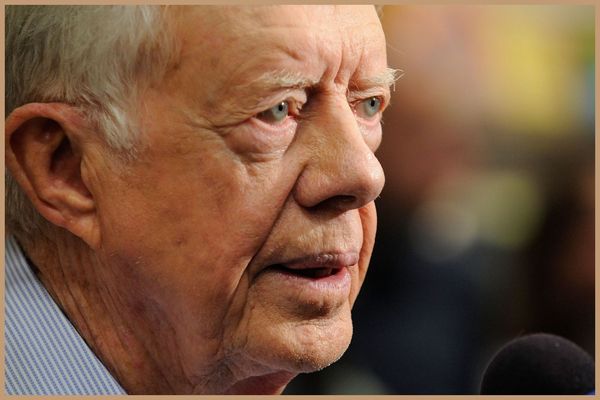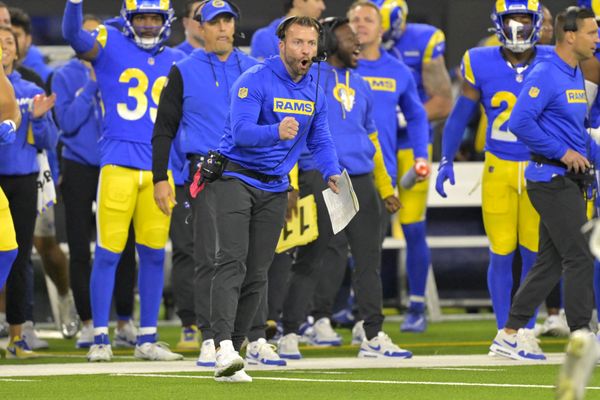
2022 is a year to forget very quickly for Amazon (AMZN).
The e-commerce giant symbolizes the return to earth of the pandemic economy which has enormously impacted tech companies. The sector had become the means through which social interactions passed during the two years during which the populations were in lockdown.
Consumers shopped online and communicated through tech products and services. Basically, tech has become an important part of everyday life.
But the economy is now slowing down, mainly because of inflation. Price gains for goods and services are at their highest in 40 years in many Western countries, forcing central banks to raise interest rates, which makes access to credit expensive.
In the United States, many economists believe that the aggressive rise in interest rates will cause the economy's so-called hard landing, aka a recession. The tech sector tends to perform well when the economy is healthy and confidence is high.
Second Worst Year?
Consumers tend to spend on tech products and services when things are going well. But as soon as the economic situation deteriorates, they begin to be cautious, favoring necessary purchases, often to the detriment of tech.
"There is obviously a lot happening in the macroeconomic environment," Andy Jassy, Amazon CEO, said last month. "We’ll balance our investments to be more streamlined without compromising our key long-term, strategic bets."
Amazon announced on Oct. 27 that it expects fourth-quarter revenue between $140 billion and $148 billion, representing year-over-year growth of 2% to 8%. This was below analysts' expectations of $155 billion.
This forecast was particularly disappointing to investors because it focused on the end-of-year holiday period, which is supposed to be a time when consumers tend to spend much more than at other times.
They thus began to liquidate Amazon shares, which have lost 46.4% of their value since January. This translates into a drop in market value of almost $800 billion. Amazon now has a market cap of just over $911 billion. It's the first time since April 2020 that the e-commerce giant's market value has closed outside the $1 trillion club.
If stock performance continues like this, 2022 would become the second-worst year in Amazon's history. The worst year is unsurprisingly the bursting of the dot.com bubble in 2000. At the time Amazon shares crashed 80%. In 2008, during the financial crisis, Amazon shares fell 45%.
Will Google be Next?
Amazon entered the $1 trillion club in September 2018 for the first time. At the time this club had only one member: Apple.
Investors at the time welcomed the diversified portfolio of the Seattle, based-Washington group. The firm had ambitions in the grocery industry with the acquisition of Whole Foods. It launched into advertising to compete with Google and Facebook. It was bolstering its hardware and logistics businesses with investments in Rivian and other initiatives like the last-mile delivery. Its cloud business, Amazon Web Services (AWS), was taking off. Don't forget entertainment with Amazon Prime Video.
Amazon isn't the only member of big tech that has suffered this year. Meta Platforms (META), parent company of Facebook, Instagram and WhatsApp, saw its shares tumble 74%, translating into a drop in market value of nearly $700 billion.
Alphabet (GOOGL), the parent company of Google and Youtube, is also under pressure from investors as companies cut advertising budgets around the world. The firm has moved closer in recent days to the exit door from the $1 trillion club. Its market value is currently at $1.07 trillion. Alphabet shares have fallen 42.3% since January, translating to a loss of over $700 billion in market value.
Besides Alphabet, the very select club has only three members left. These are Apple with a market value of $2.27 trillion, the Saudi oil giant Saudi Aramco whose market cap is $2.0 trillion, and software giant Microsoft (MSFT) with a $1.6 trillion market cap.







